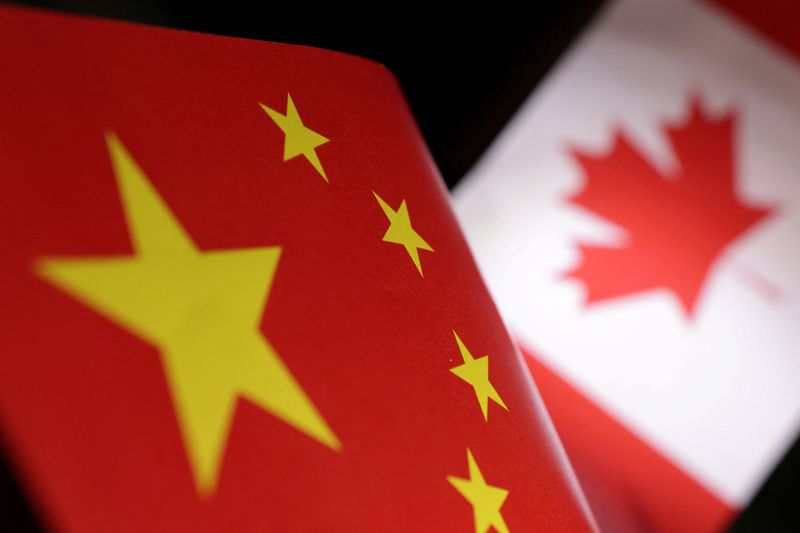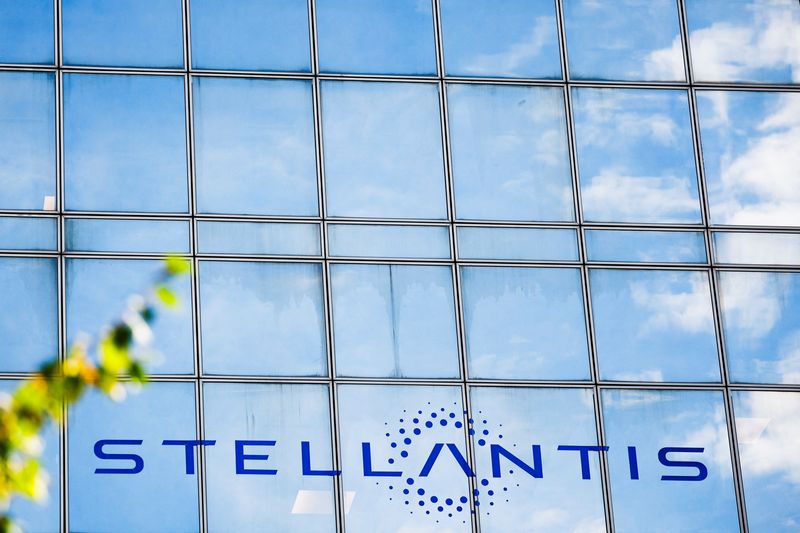What is Free Cash Flow?
Free Cash Flow (FCF) represents any cash that a company or business has left after paying for its operational needs and maintaining capital assets. Operating expenses include items, such as rent, salaries, and wages, taxes, etc., that companies pay to continue their activities. Similarly, capital expenditure consists of any costs borne on acquiring, maintaining, or upgrading assets.
FCF is an alternative for other common types of performance indicators, such as net income. Instead of focusing on all expenses, free cash flow measures a company’s profitability, excluding non-cash expenses. However, it includes relevant items, including capital expenditure and working capital changes. This way, FCF provides detailed insights into a company’s cash management procedure.
How do Free Cash Flows work?
For most companies, a positive free cash flow indicates better financial health. A high free cash flow means that companies have enough cash to meet their obligations each month. On the other hand, a low or decreasing free cash flow can indicate financial problems. Investors also prefer to invest in companies that have positive or increasing free cash flows.
However, decreasing free cash flows may not always indicate failures. Some one-off transactions can result in sudden dips in free cash flows. For relatively new businesses, free cash flows have significant variance compared to steady companies. Similarly, the industry in which a company operates also defines the norm for free cash flows.
How to use Free Cash Flows in Investment Decisions?
Just like normal cash flows, investors can use free cash flows in investment decisions. In fact, free cash flows are one of the prevalent methods in company valuation. With the FCF method of company valuation, a company’s intrinsic value will be equal to the present value of its operating free cash flows. The formula for operating free cash flows is as follows.
Operating Free Cash Flows = Earnings Before Interest and Tax x (1 – Tax Rate) + Depreciation – Capital Expenditure – Changes in Working Capital – Changes in Other Assets
Once investors determine a company’s operating free cash flows, they can discount it using the Weighted Average Cost of Capital. This way, they can find the underlying company’s value. Therefore, the formula will be as below.
Company Value = Operating Free Cash Flows / (1 + WACC)
Investors can also factor in the expected growth rate for the company in that formula. This way, they can calculate the value of companies that they expect to have constant growth in operating free cash flows. The formula will be as follows.
Company Value = Operating Free Cash Flows / (WACC – Expected Growth Rate of OFCF)
For this variation, investors will need to calculate the expected growth rate. They can do so by calculating the product of a company’s average retention rate and its return on invested capital. Once they do so, they can calculate a company’s value and use it for further decision-making.
Conclusion
Free cash flow refers to cash that a company has left after accounting for operational needs and maintaining capital assets. Free cash flows can have many uses, one of which is for investment decisions. Investors can calculate a company’s operational free cash flows and discount them at the Weighted Average Cost of Capital to determine its value.
Further questions
What's your question? Ask it in the discussion forum
Have an answer to the questions below? Post it here or in the forum




